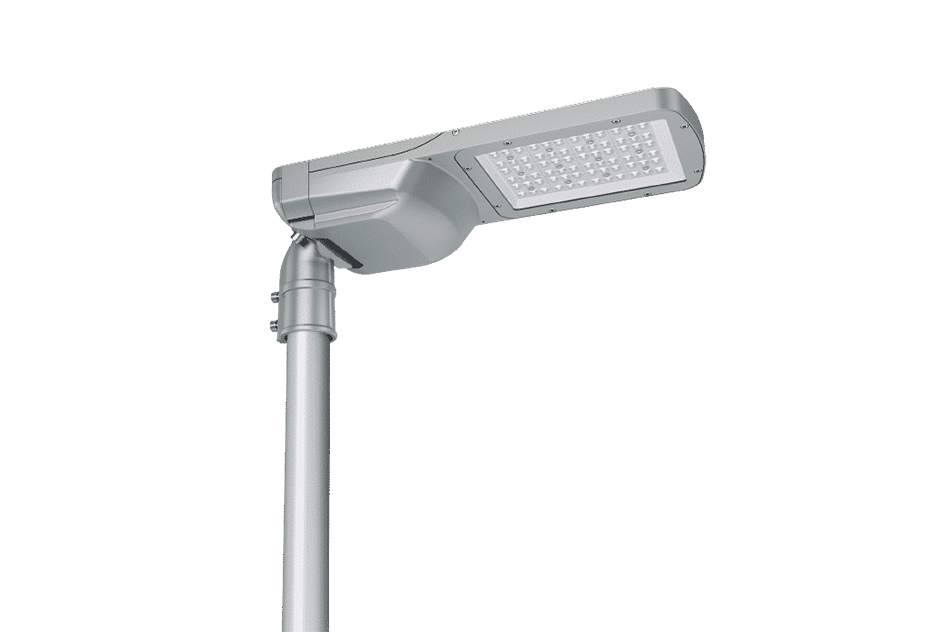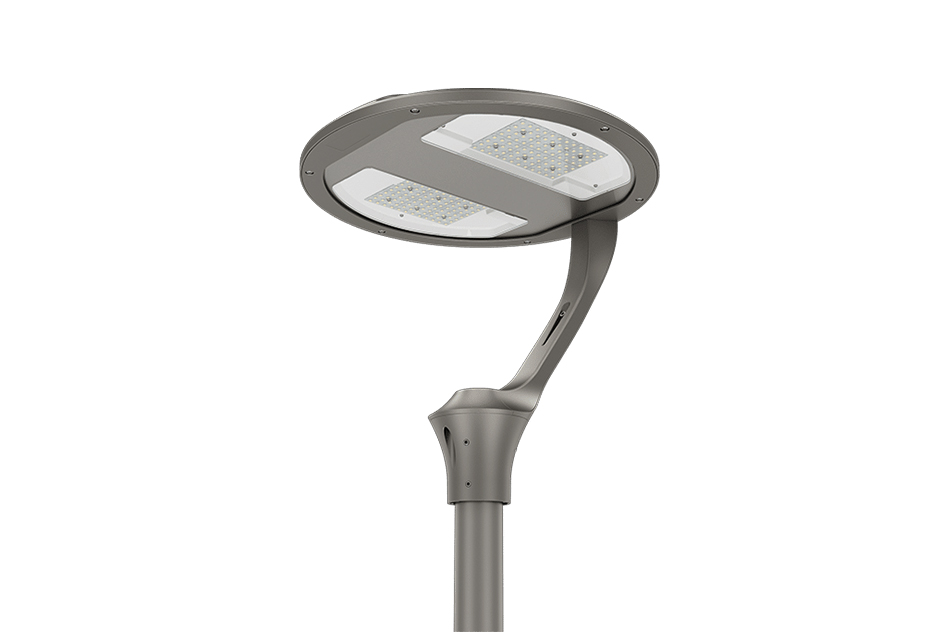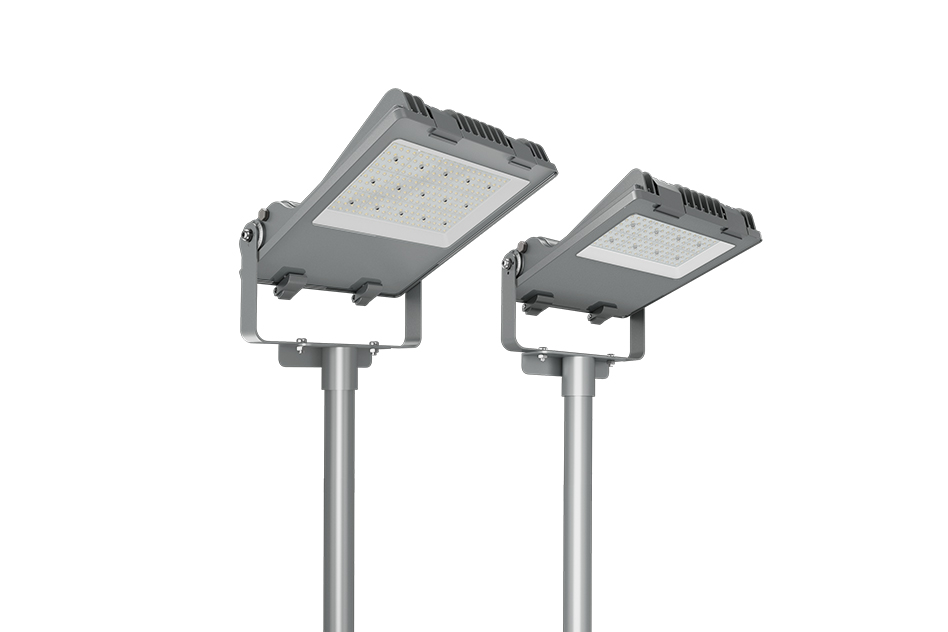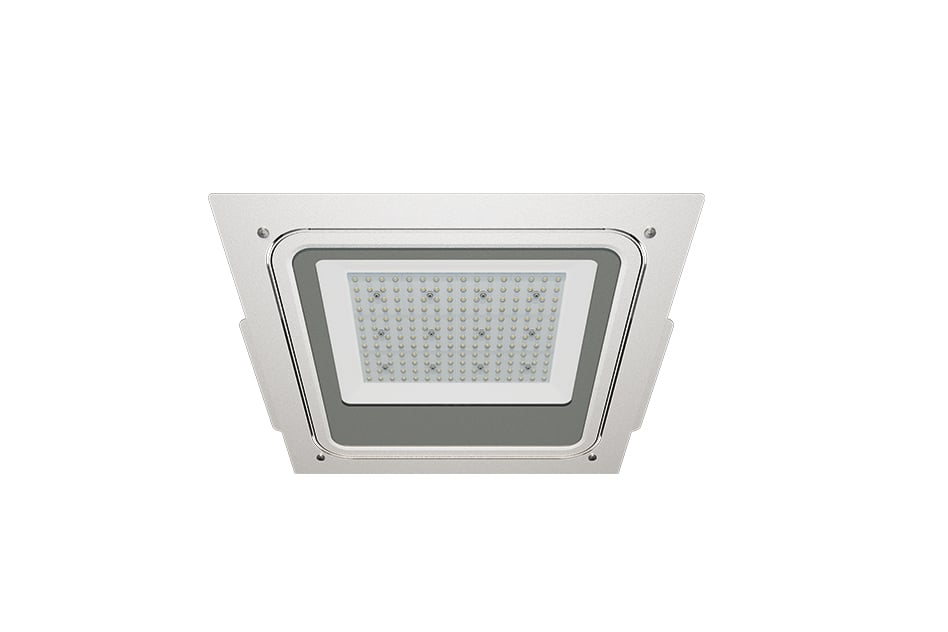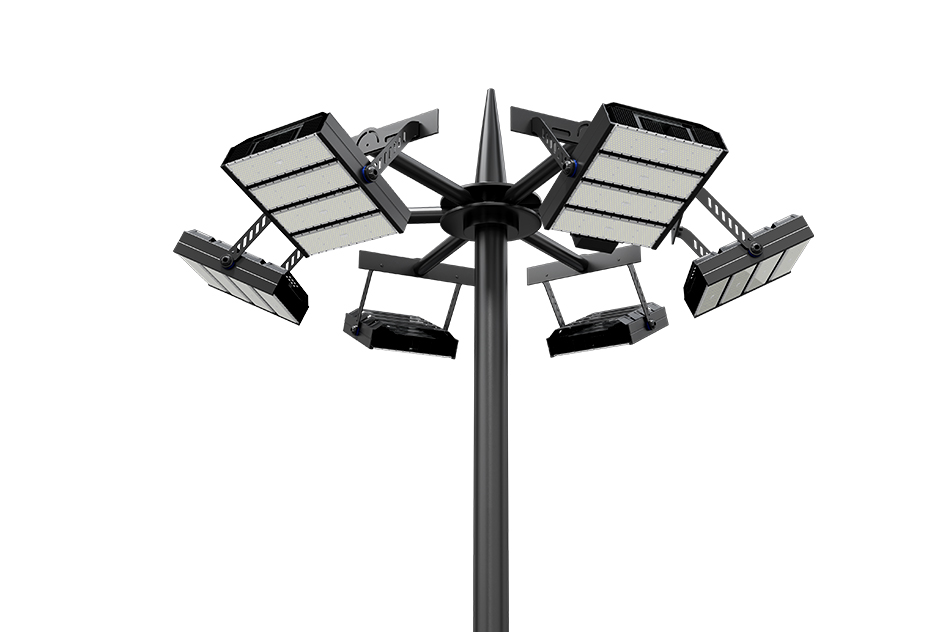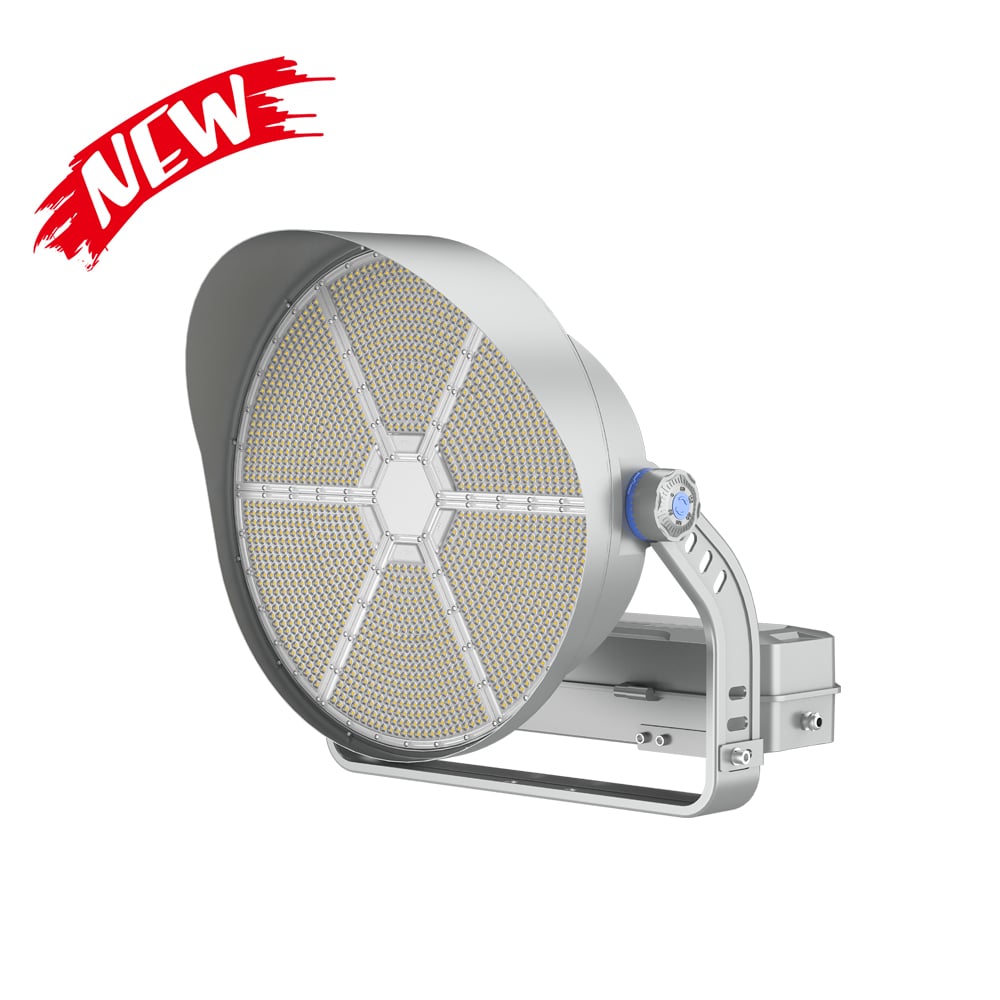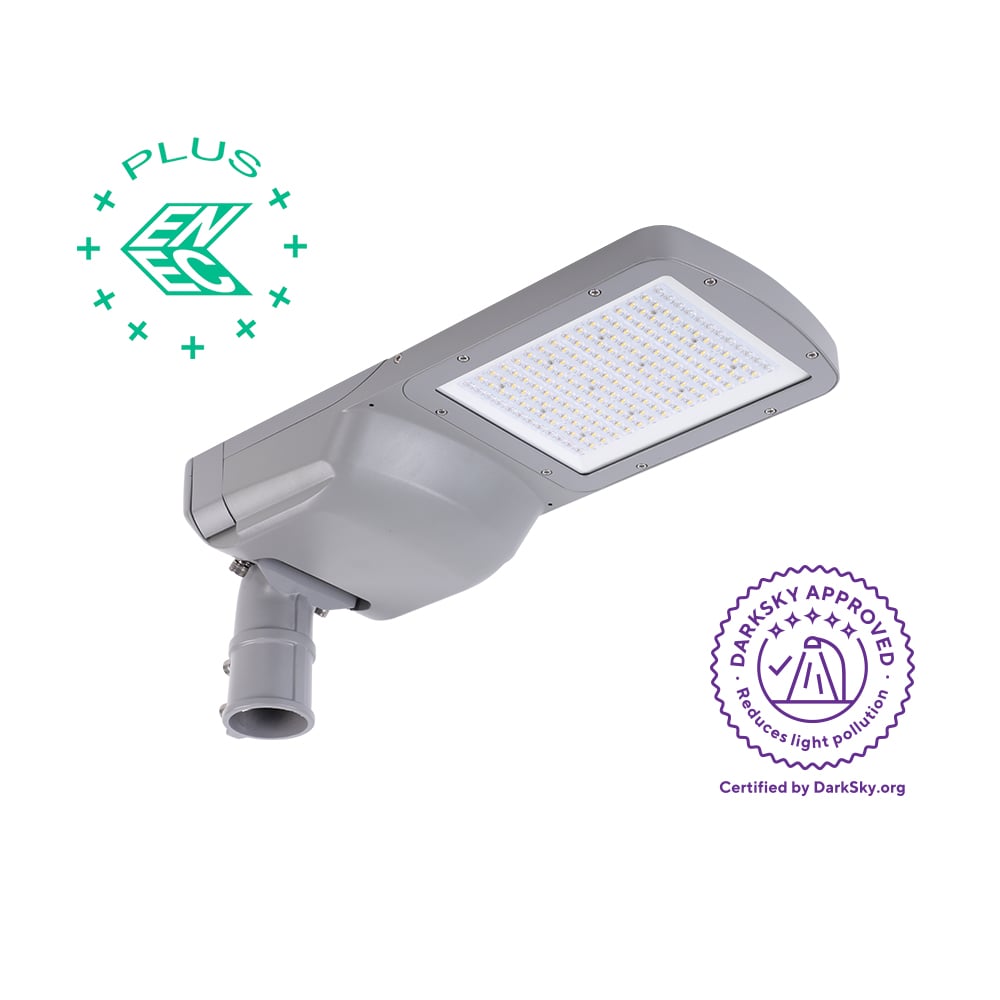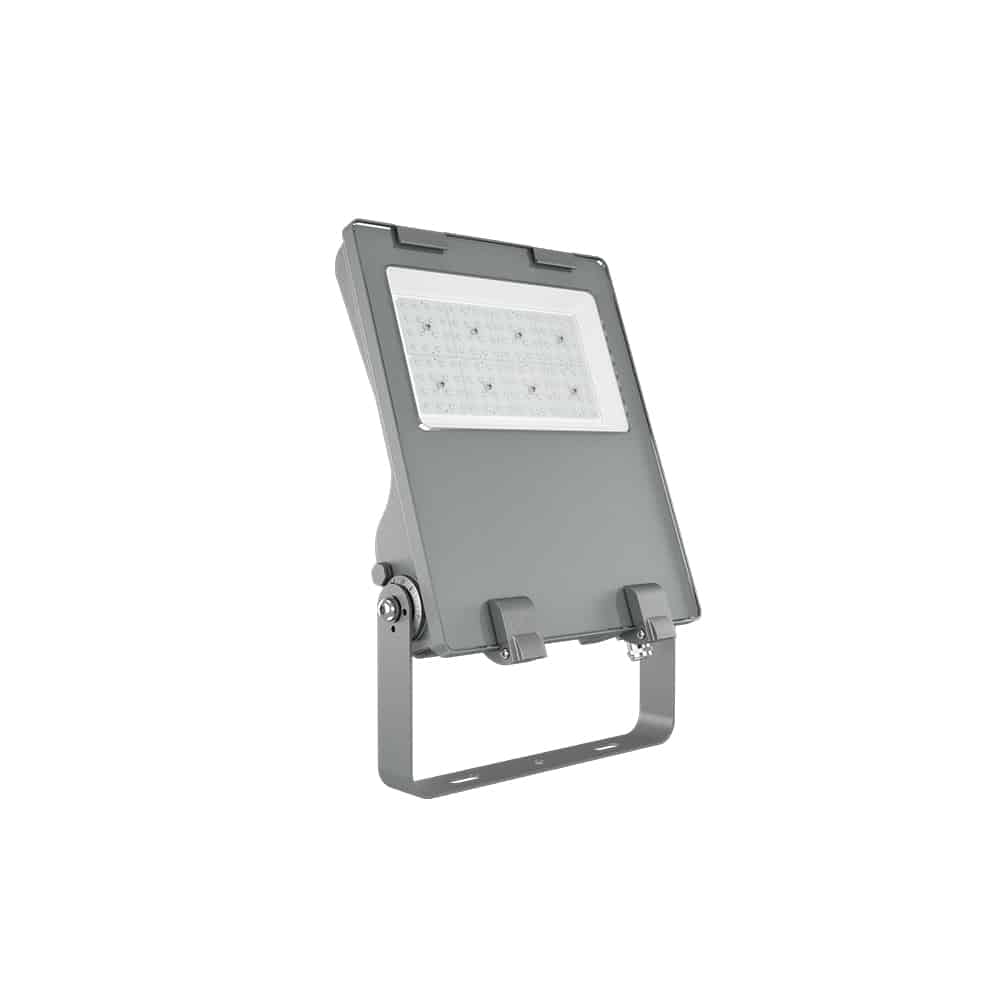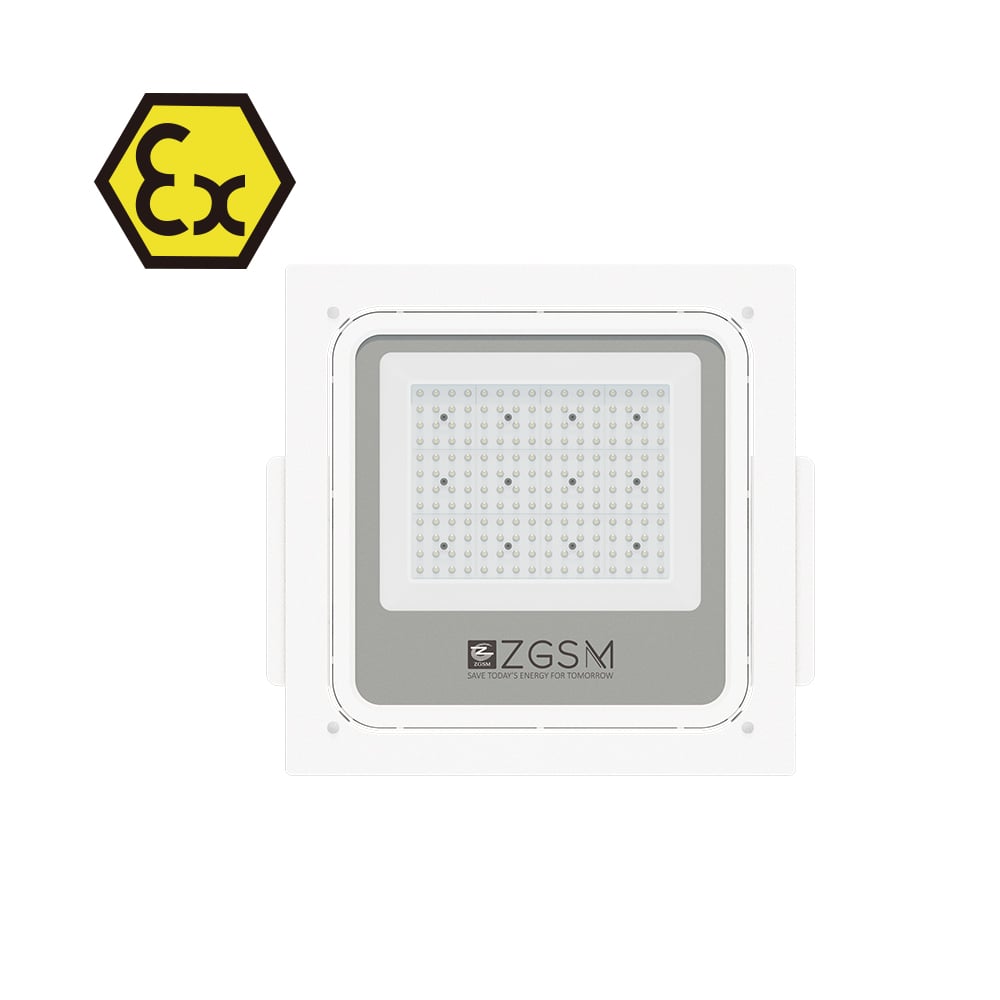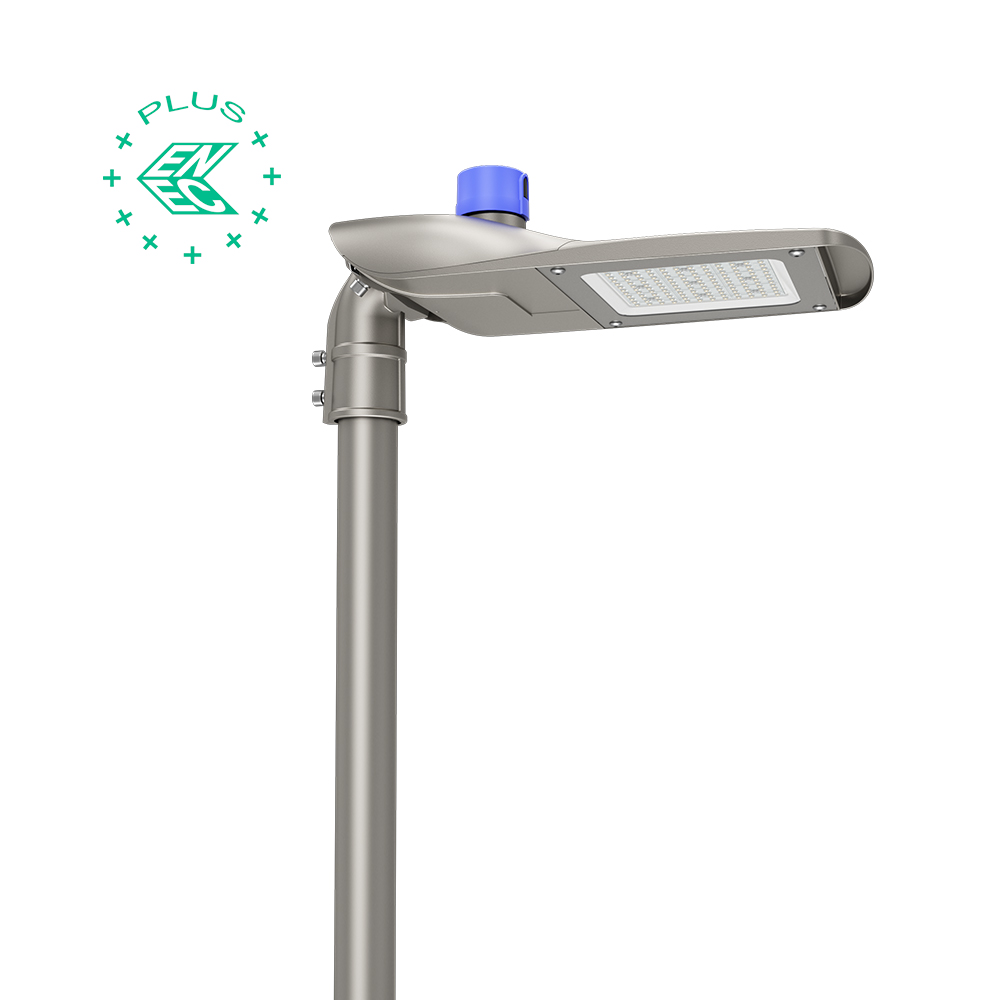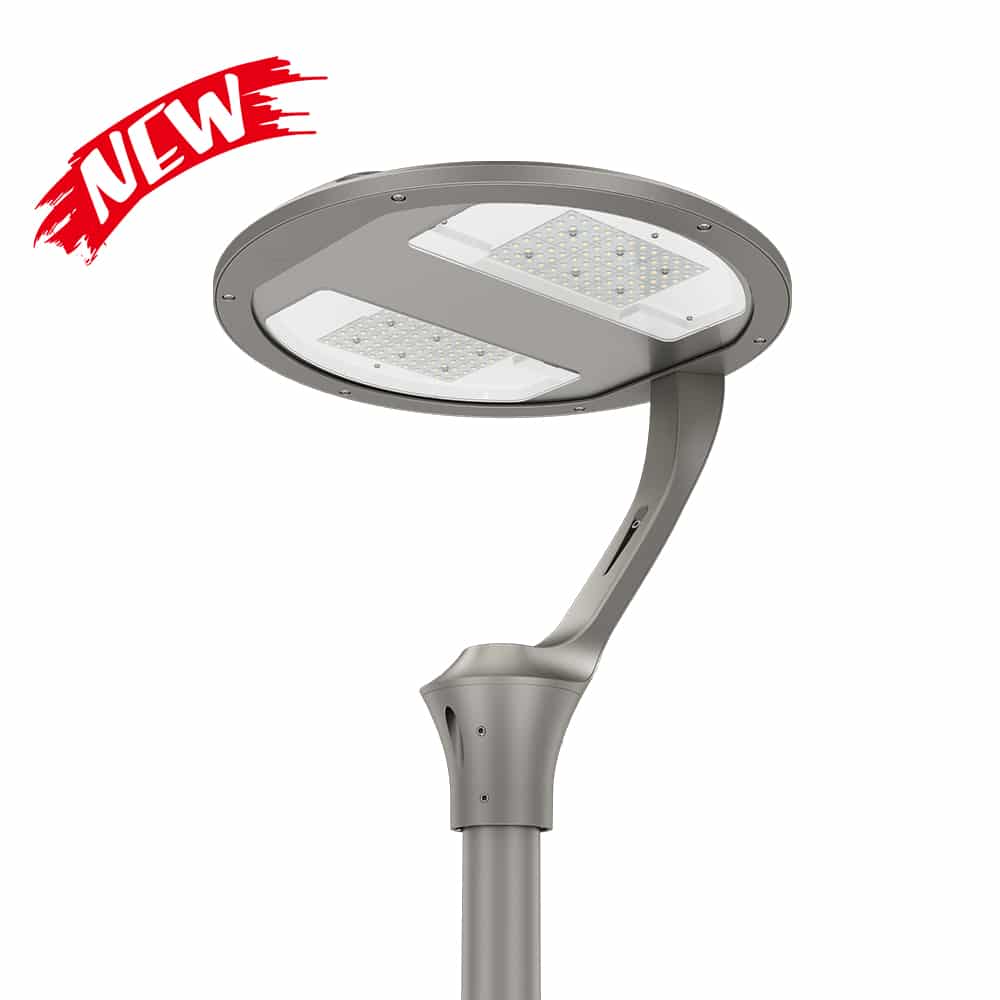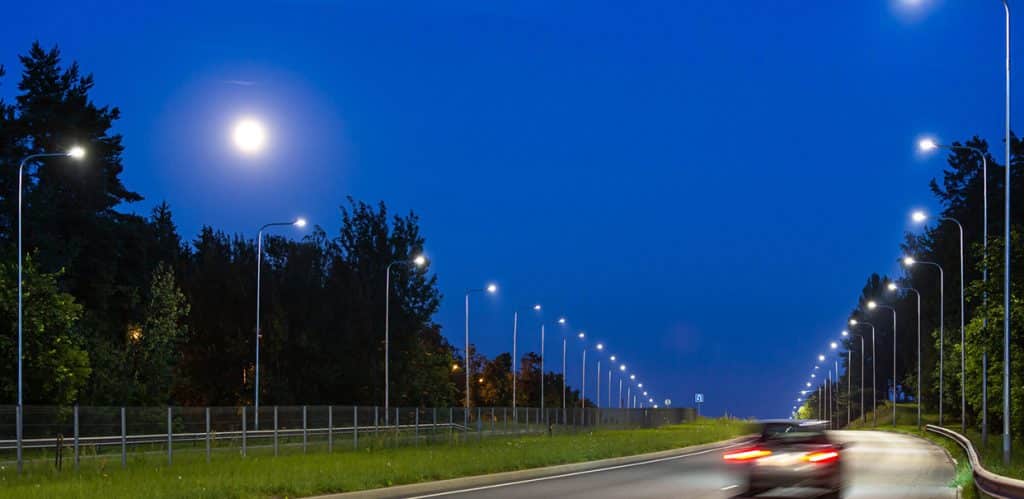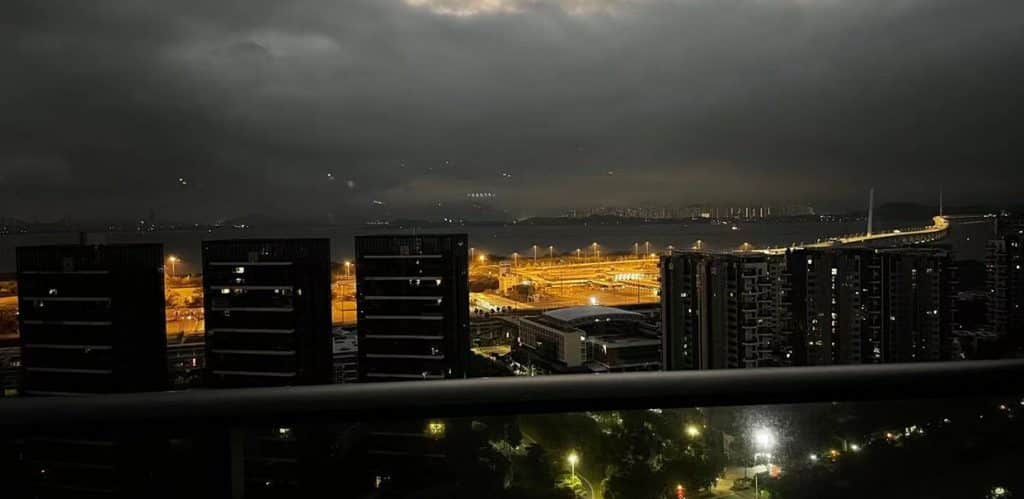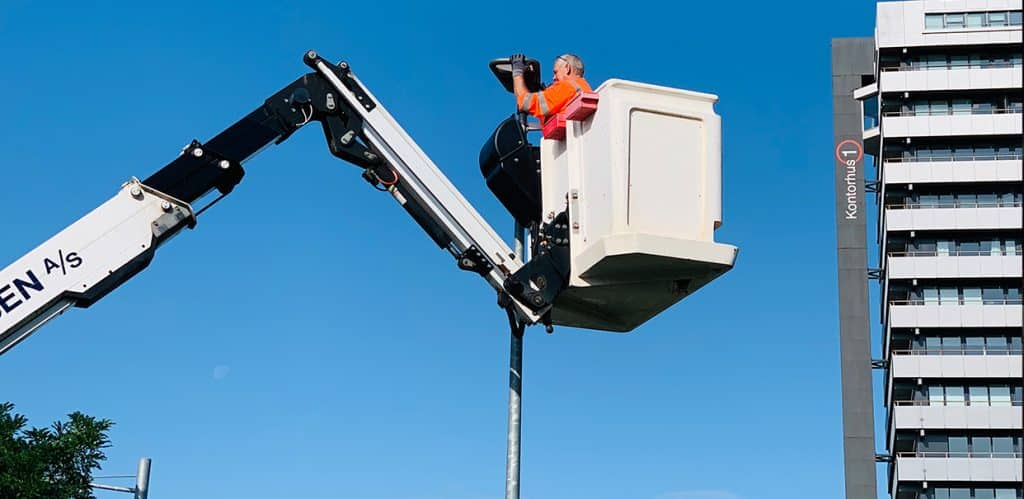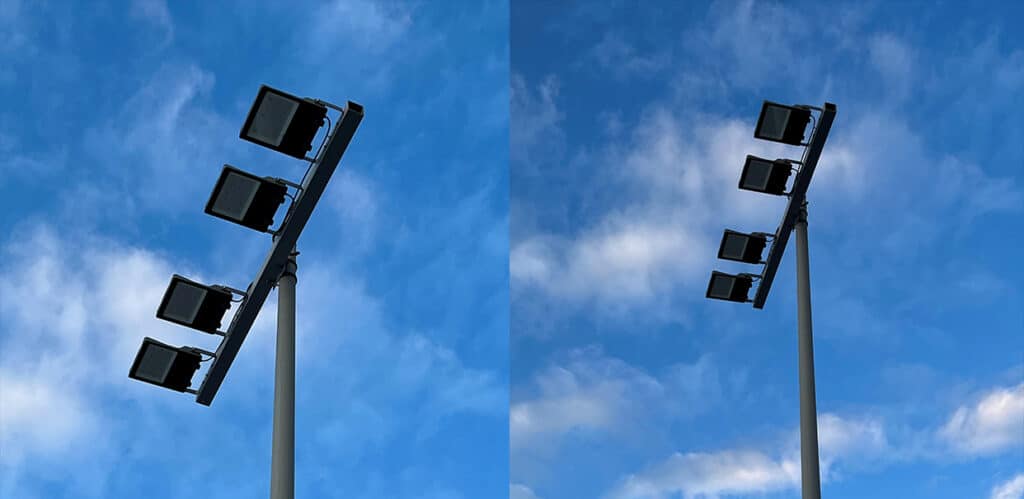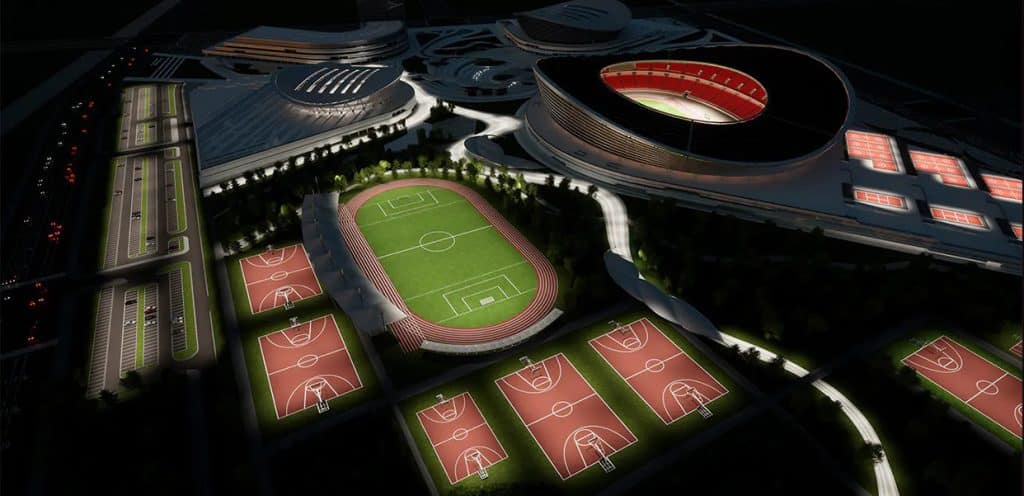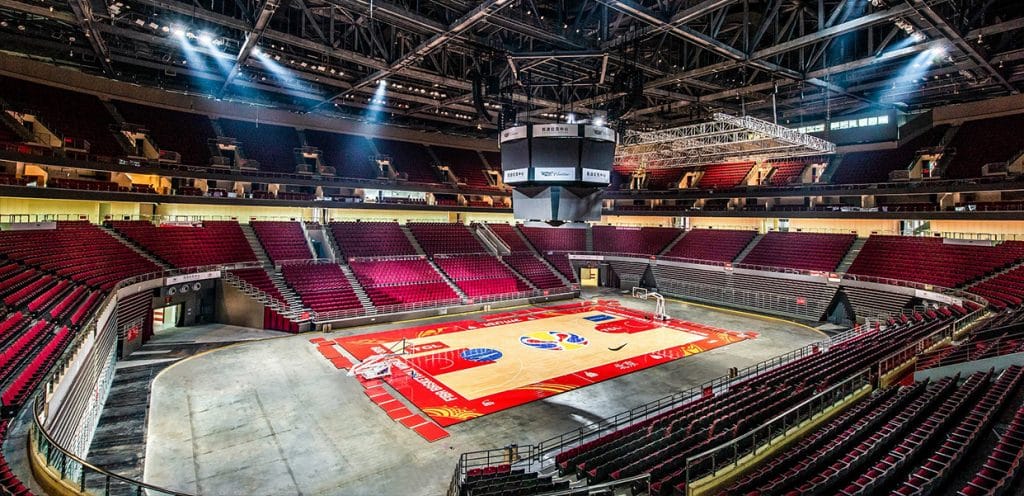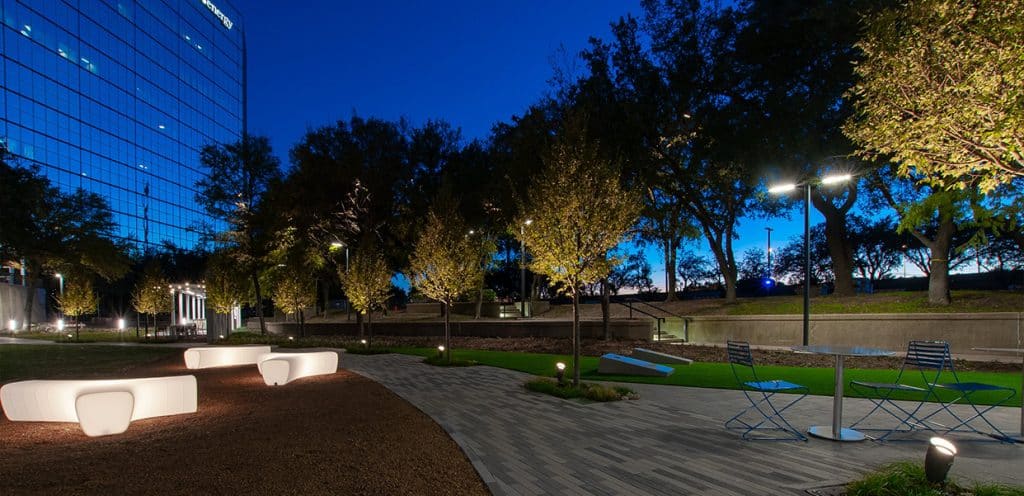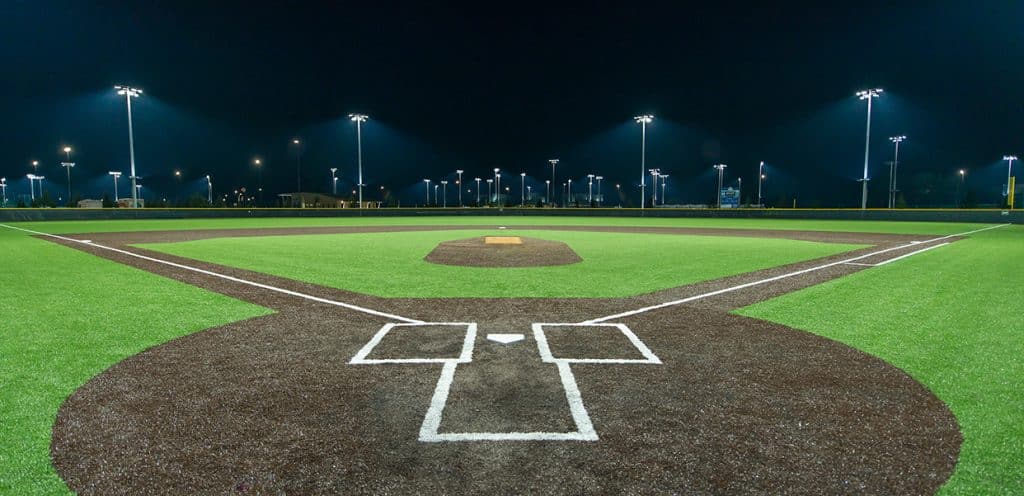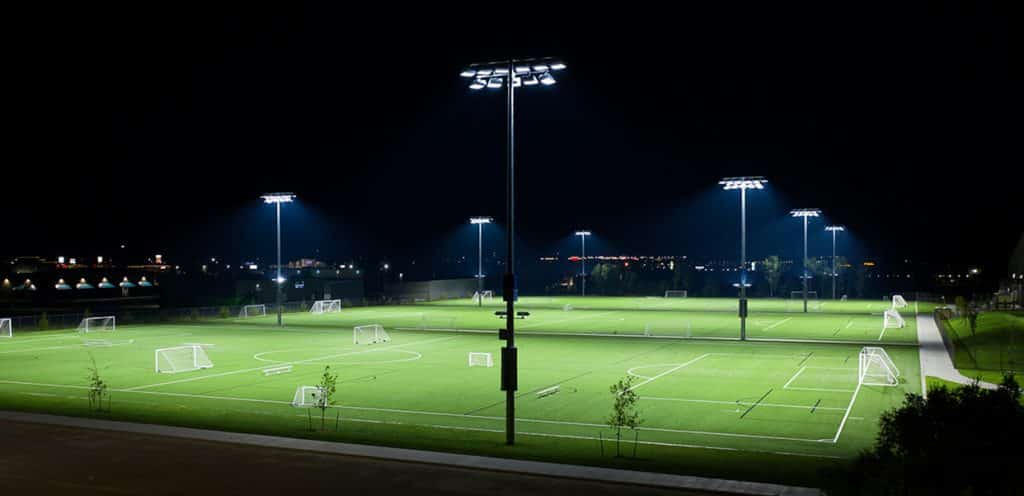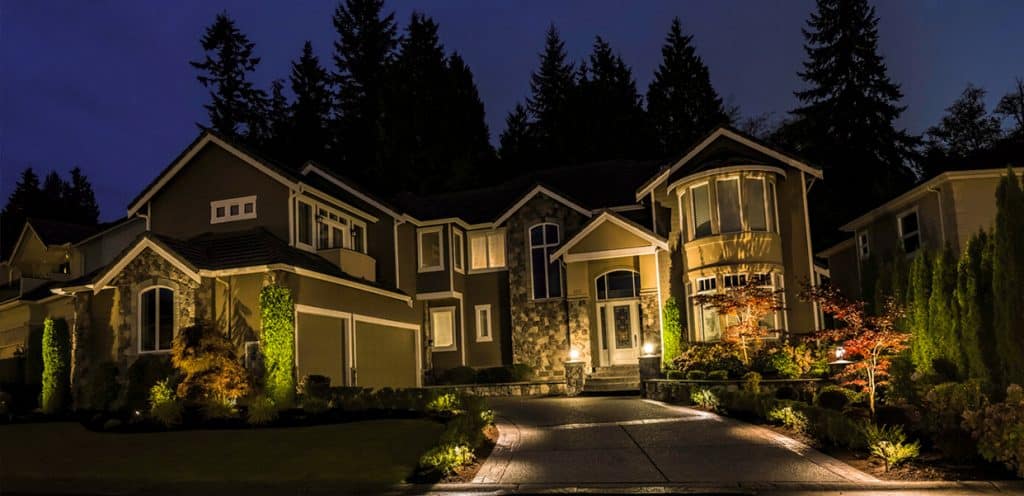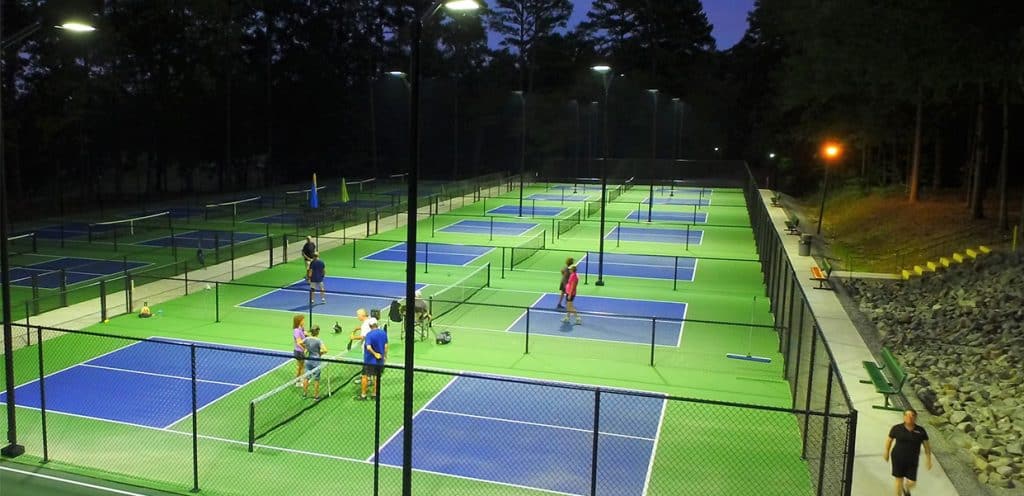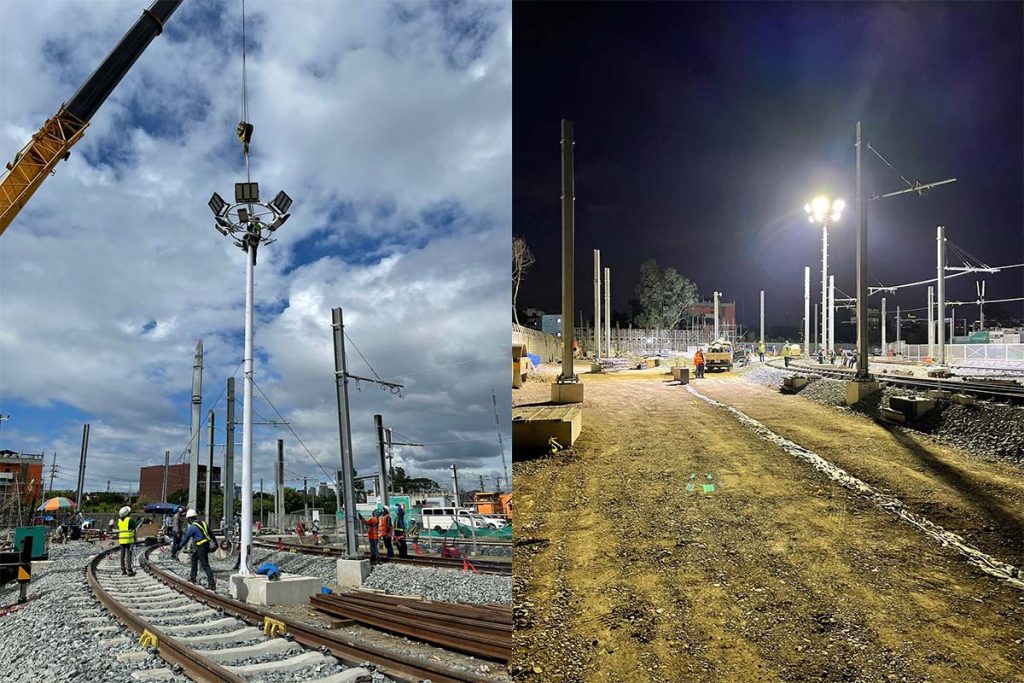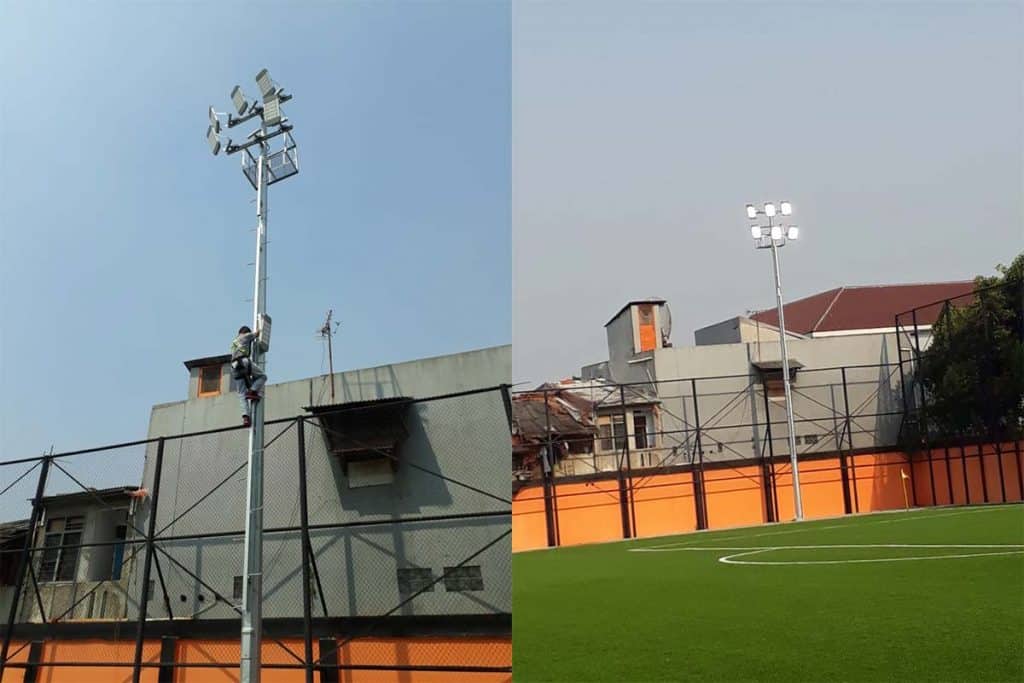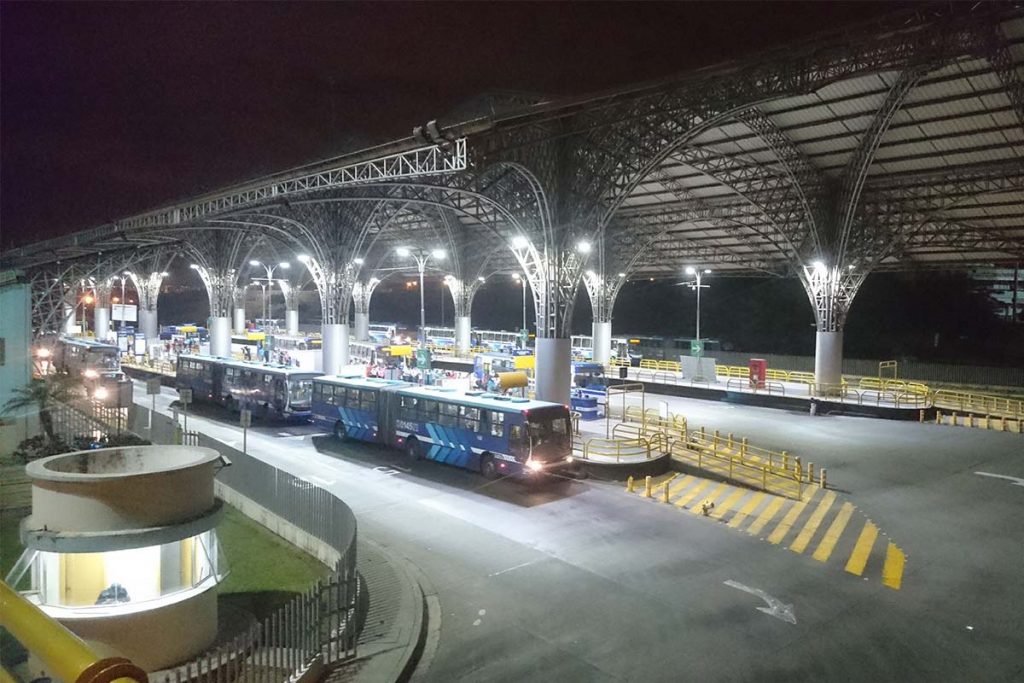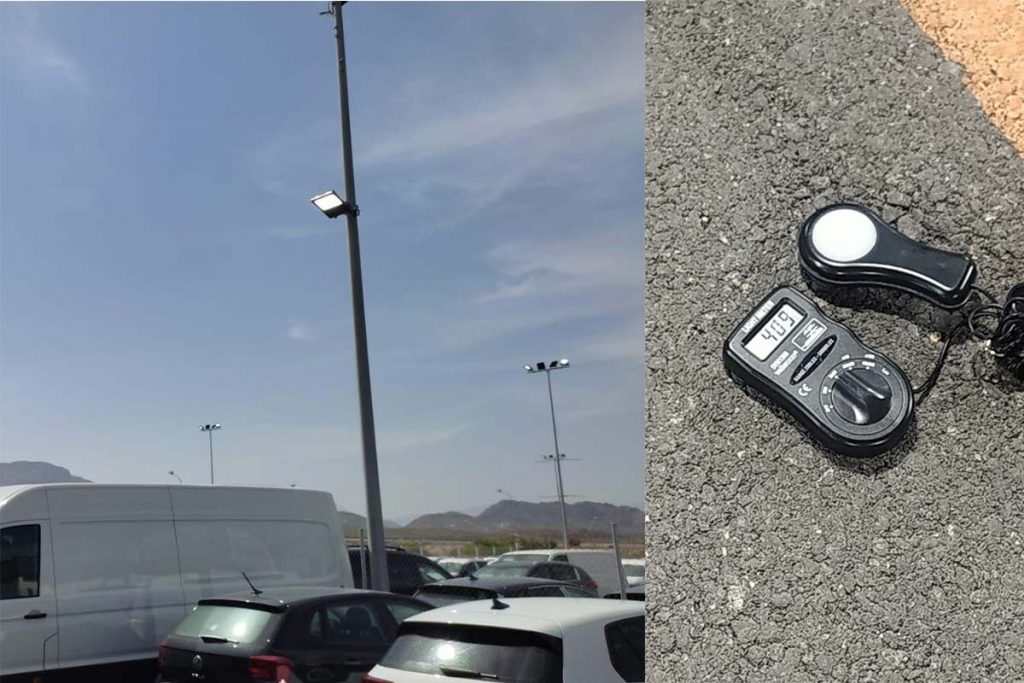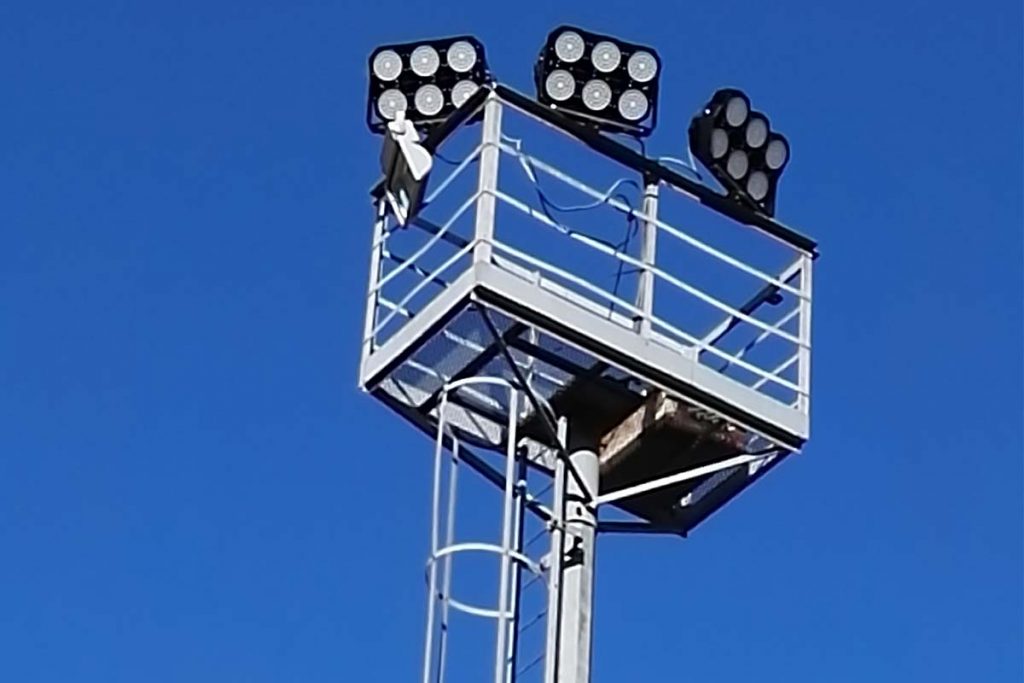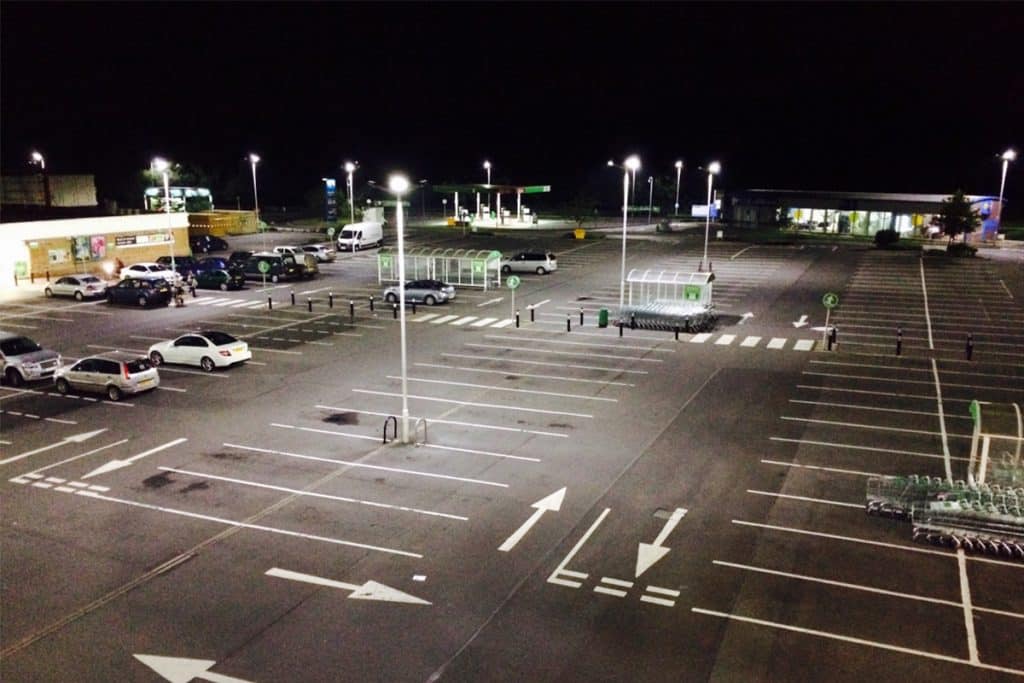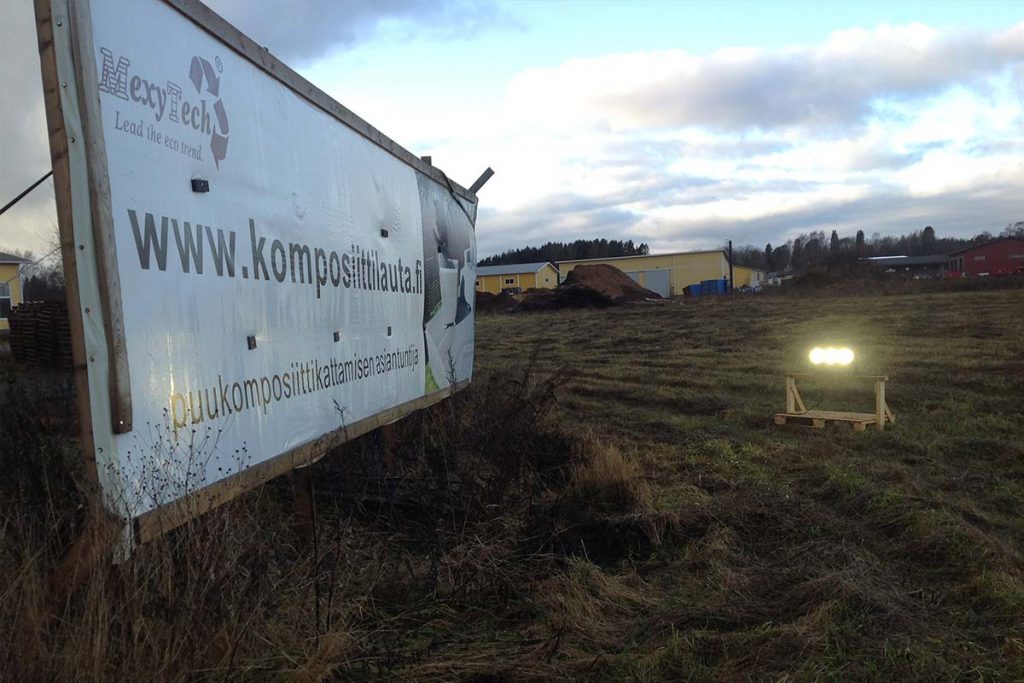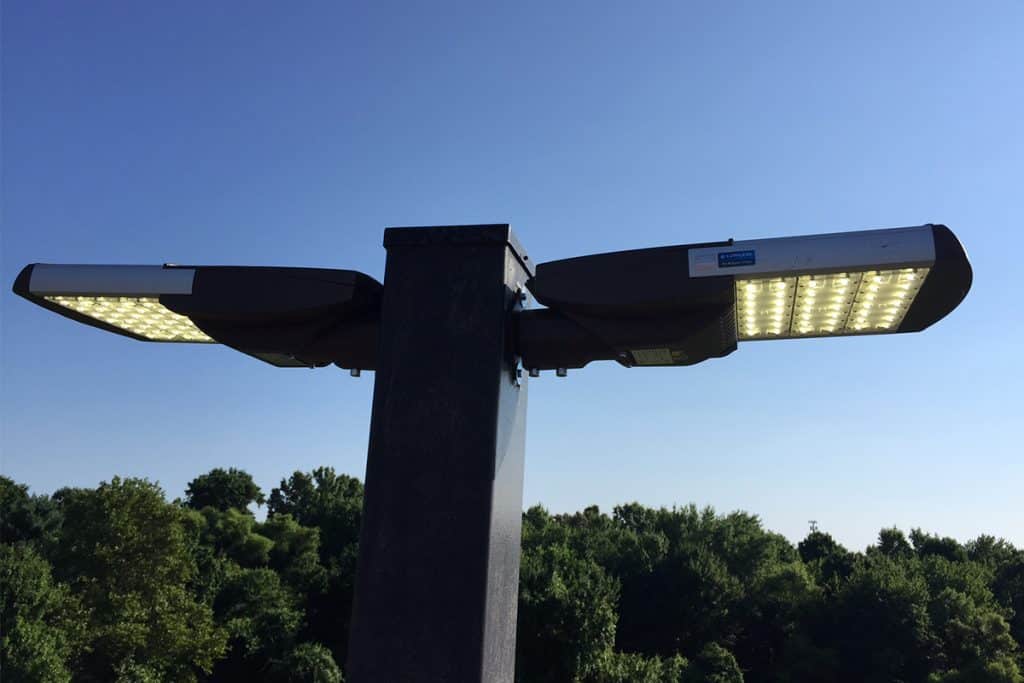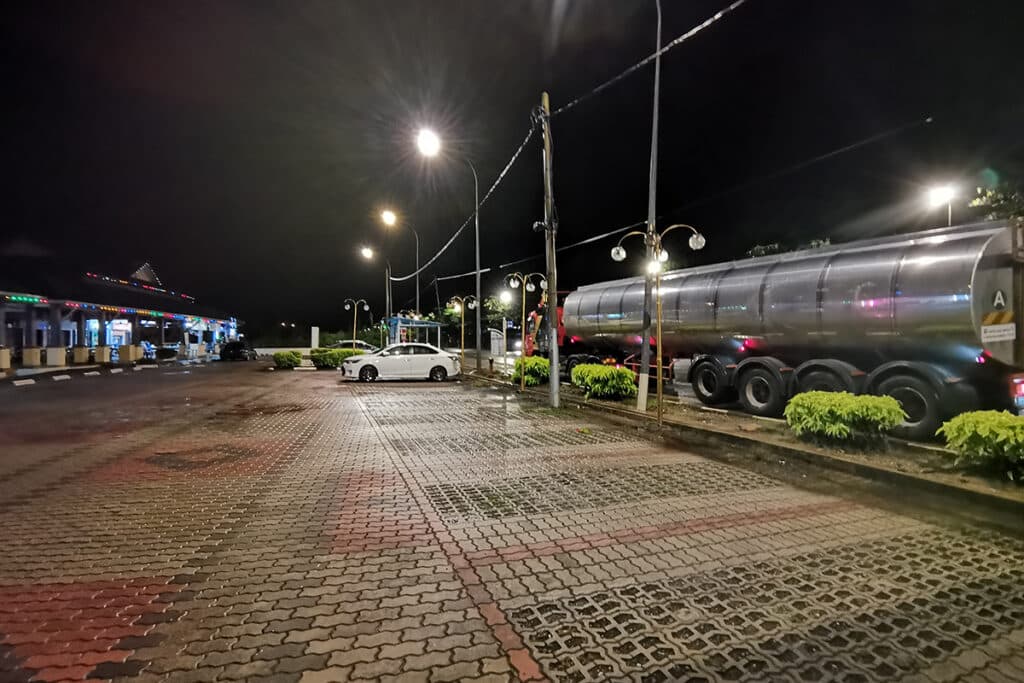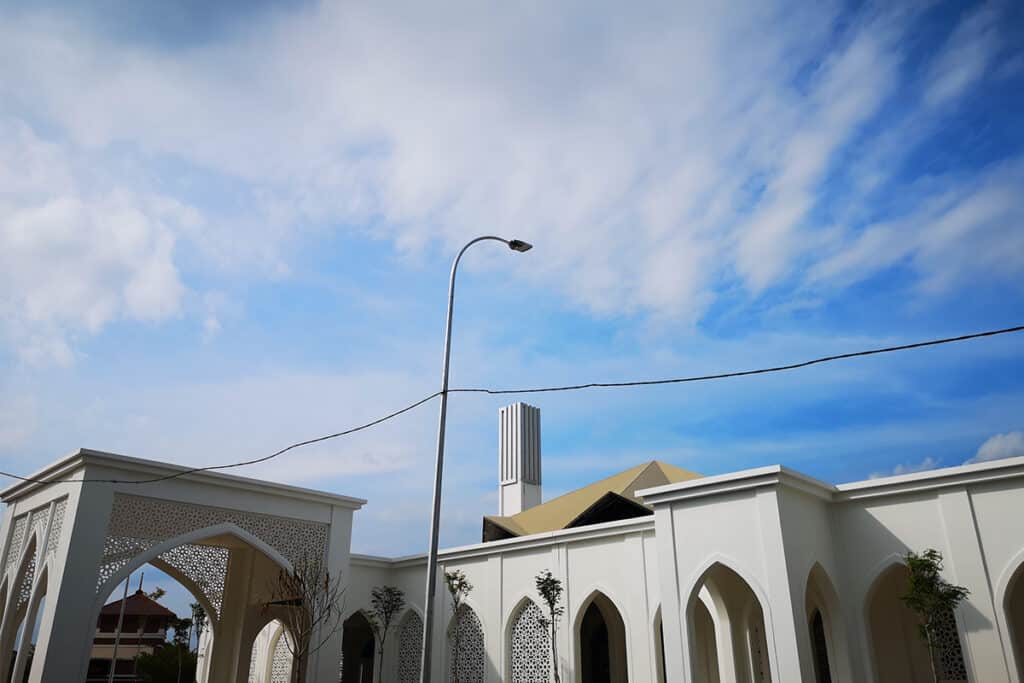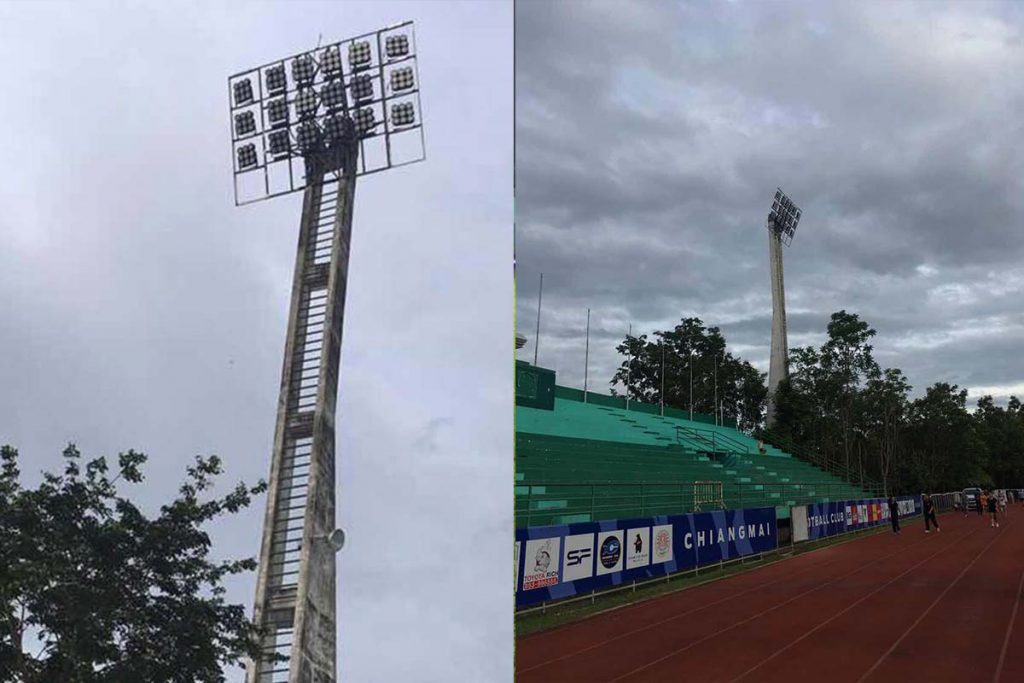Exploring the benefits and design steps of golf course lighting
Exploring the benefits and design steps of golf course lighting
Introduction
As a popular outdoor sport, golf courses attract many players and sports enthusiasts to enjoy it during the day. In order to meet their needs and provide more flexibility, many golf courses choose to open at night to provide them with more comprehensive and quality services, which makes golf course lighting a vital factor. It not only affects the visual effects and safety of the stadium, but also relates to the practicality and economy of the stadium. To achieve these goals, golf course lighting design becomes an indispensable tool that allows course light manufacturers and lighting designers to accurately plan and optimize lighting systems. As a visualization tool, golf course lighting design can predict the lighting effect of the stadium under specific conditions and provide a reference for stadium designers. These ensure that the stadium lights provide just the right level of illumination for it. This article will delve into the purpose, standards, steps and related solutions of golf course lighting simulation, hoping to provide a useful reference for manufacturers and course designers.
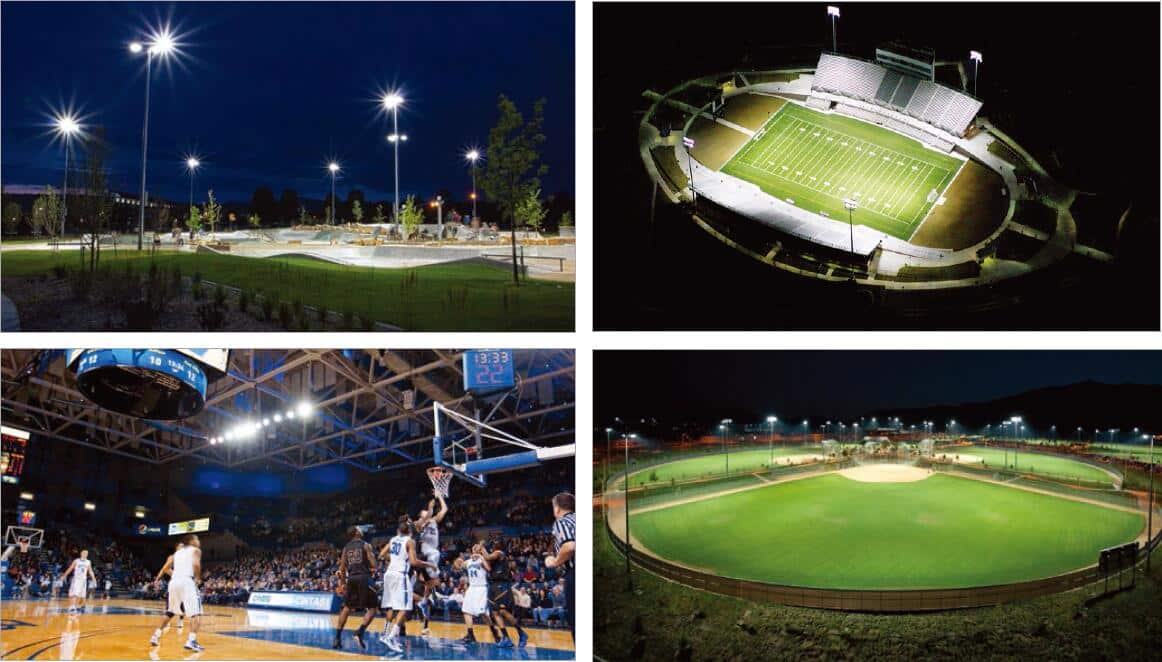
Why go with golf course lighting design?
Golf course lighting design is a key factor in golf course construction. It mainly ensures the safety and functionality of the golf course at night. Golf course lighting design is of great significance in many aspects, including: Reasonable lighting design can ensure that the lighting ultimately complies with the relevant regulations of the local government or golf association, and ensure that the golf course meets safety standards, which is a prerequisite for ensuring the normal operation of the golf course. . Second, designed golf course lighting maximizes player safety because the lighting system properly illuminates the entire playing field, including tee boxes, fairways, and greens. Furthermore, a bright golf course creates an attractive and pleasant atmosphere that encourages players to return to the course. This helps maintain high standards of customer satisfaction, attracting repeat business and word-of-mouth. Finally, reasonable lighting simulation can help the project party control costs, which is also the main factor when considering lighting design. Effective lighting design can guide the project team to reasonably arrange the distribution and selection of lighting fixtures, which can help clubs and stadiums reduce costs. For example, the energy saving and high efficiency of LED lighting systems coupled with their reasonable light distribution make LED technology an ideal choice for golf course lighting.
In summary, golf course lighting design plays a key role in improving safety, visual quality, player experience and cost-effectiveness, and is critical to the successful operation of the course.
Lighting standard of golf course lighting
A golf course is the main venue for the entire golf game and usually includes 18 holes or more. Each hole has a different tee box (Tee), fairway, green and obstacles (such as bunkers, ponds, etc.). Players need to put the ball into the entrance of each hole within the prescribed number of strokes to complete a round. Golf courses are divided into different types, such as golf courses, driving ranges, miniatures, etc. Each type has different characteristics and design requirements. After checking, the lighting standards involving golf courses are mainly EN12193:2018 and IES RP-6-15.
EN 12193:2018: European standard EN 12193 specifies the lighting requirements for outdoor sports venues, including football fields, basketball courts, tennis courts, baseball fields and golf courses. EN121393 mainly covers the requirements of illumination, uniformity and color temperature.
IES RP-6-15 Standard: The RP-6 standard published by the American Society of Illuminating Engineers (IES) in 2015 provides detailed guidance on lighting for outdoor sports venues, including various ball fields, football fields, basketball courts and golf courses, etc. The standard covers all aspects of lighting design. In addition to illuminance, uniformity and color temperature, it also guides vertical illuminance, light source selection, light pollution and spectrum. Here is a comparison of the two standards:
| Outdoor | Reference area | Number of grid points | ||||||||
| Length-m | Width-m | Length | Width | |||||||
| Golf (including driving range) | – | – | – | – | ||||||
| Lighting class | Horizontal illuminance on tee |
Horizontal illuminance on fairway |
Horizontal illuminance on green |
Vertical illuminance over the fairway and green (at 1 m height) a | RG | Ra | ||||
| Ehor Ave lx |
U2 hor | Ehor Ave lx |
U2 hor | Ehor Ave lx |
U2 hor | Evert Ave lx |
||||
| I | – | – | – | – | – | – | – | – | – | |
| II | – | – | – | – | – | – | – | – | – | |
| III | 100 | 0.5 | 20 | 0.3 | 50 | 0.5 | 50 | 55 | 60 | |
| a. For Golf Driving ranges the vertical illuminance only applies at the distance marker. | ||||||||||
| According to Standard of EN 12193: 2018 | ||||||||||
| Outdoor | Reference area | Number of grid points | ||||||||
| Length-m | Width-m | Length | Width | |||||||
| Golf | – | – | – | – | ||||||
| Lighting class | Horizontal illuminance on tee |
Horizontal illuminance on fairway |
Horizontal illuminance on green |
Vertical illuminance over the fairway and green (at 1 m height) a | RG | Ra | ||||
| Ehor Ave lx |
U2 hor Max/min |
Ehor Ave lx |
U2 hor Max/min |
Ehor Ave lx |
U2 hor Max/min |
Evert Ave lx |
||||
| Golf course |
50 | 3:1 | 30 | 6:1 | 50 | 3:1 | 10/15lux | – | – | |
Driving range |
200 | 3:1 | / | / | / | / | 100lux | – | – | |
| Minature | 100 | 3:1 | / | / | / | / | / | – | – | |
| a. For Golf Driving ranges the vertical illuminance only applies at the distance marker. | ||||||||||
| According to Standard of RP-6-15 | ||||||||||
We can see from comparison that golf course lighting needs to provide sufficient illumination to ensure that players can clearly see fairways, obstacles, greens and holes. Usually Class III lighting class requires 30-50lux. At the same time, uniformity is crucial. Higher uniformity can reduce shadows and improve visual comfort. We also consider surface reflectivity in different areas (e.g. fairways, greens, turf) to ensure appropriate lighting levels. In addition, it is necessary to minimize light pollution, avoid light radiating to the surrounding environment, and use low color temperature lamps to reduce the impact on the natural dark sky.
Steps for golf course lighting design
ZGSM believes that the key steps for golf course lighting include golf course site analysis (including the location of light poles), lighting standard selection, course modeling (including tee, fairway and green), Dialux import, lamp selection and arrangement, etc. Through these reasonable planning and lighting designs, it is possible to achieve uniform distribution of lighting intensity, avoid glare, reduce lighting pollution, and meet competition level and safety standards. Efficient lighting selection and proper layout will ensure that the golf course is not only visually appealing at night, but also provides an energy-saving solution. Below we further explore the specific requirements for each step.
Layout of golf course – tee, fairway, and green
The golf course is relatively complex. It does not have a regular shape like football fields, basketball courts and tennis courts. Therefore, it is necessary to conduct a detailed analysis of the venue, including the size and layout of the golf course, the location of the tee box, the fairway and the fruit. Ling et al. When necessary, we also need to evaluate the impact of terrain and elevation changes on lighting design.
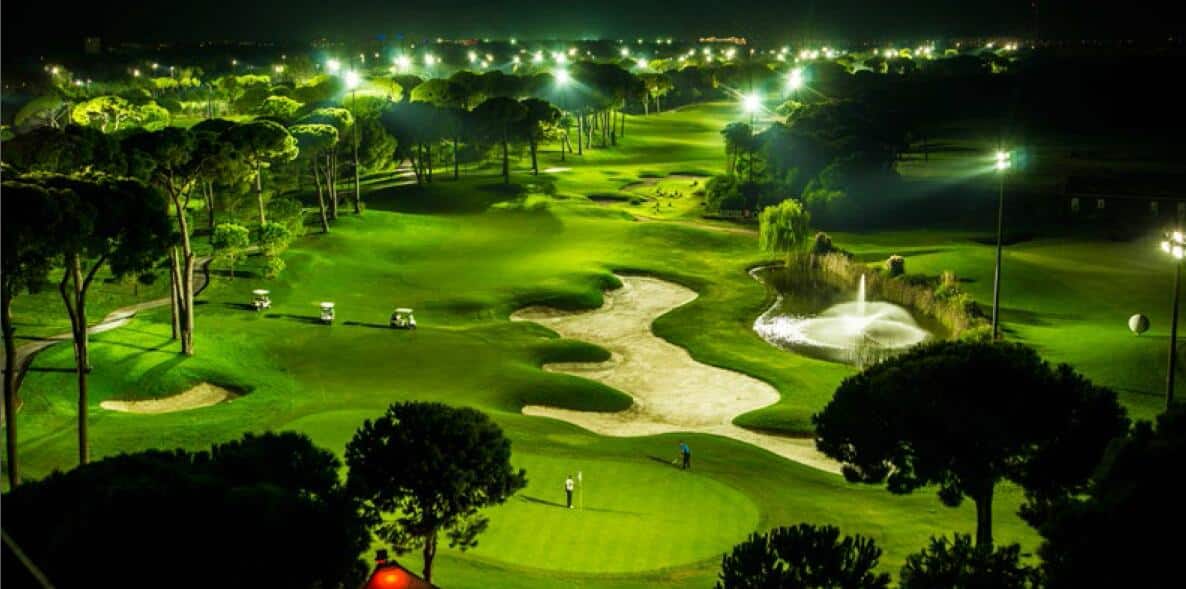
Selection of golf course lighting standard
Golf course lighting standards should be considered based on use, project requirements and level of competition. It should be designed to ensure safety and visual comfort, while also meeting competition-level requirements, i.e. night games. In the previous section, we introduced the relevant standards for golf course lighting. You should be careful when choosing the appropriate lighting standard. Generally, we recommend that customers adopt the Class III standard in EN12193 or the requirements for golf courses in RP-6-15. Please refer to the previous chapter for details.
Layout and height of pole
Based on the location of each area of the golf course (such as teeing areas, fairways, greens, bunkers, and paths), three-dimensional modeling software is used to build a digital model of the course, including terrain, vegetation, architecture and other elements. At the same time, combined with the required illumination level, uniformity, color temperature, glare control and other factors, we need to determine the position, height, and orientation of the light pole. Generally speaking, the height of light poles in golf courses does not need to be too high, but in order to pursue better visual effects, we can increase the height of the light poles appropriately to improve uniformity and reduce glare.
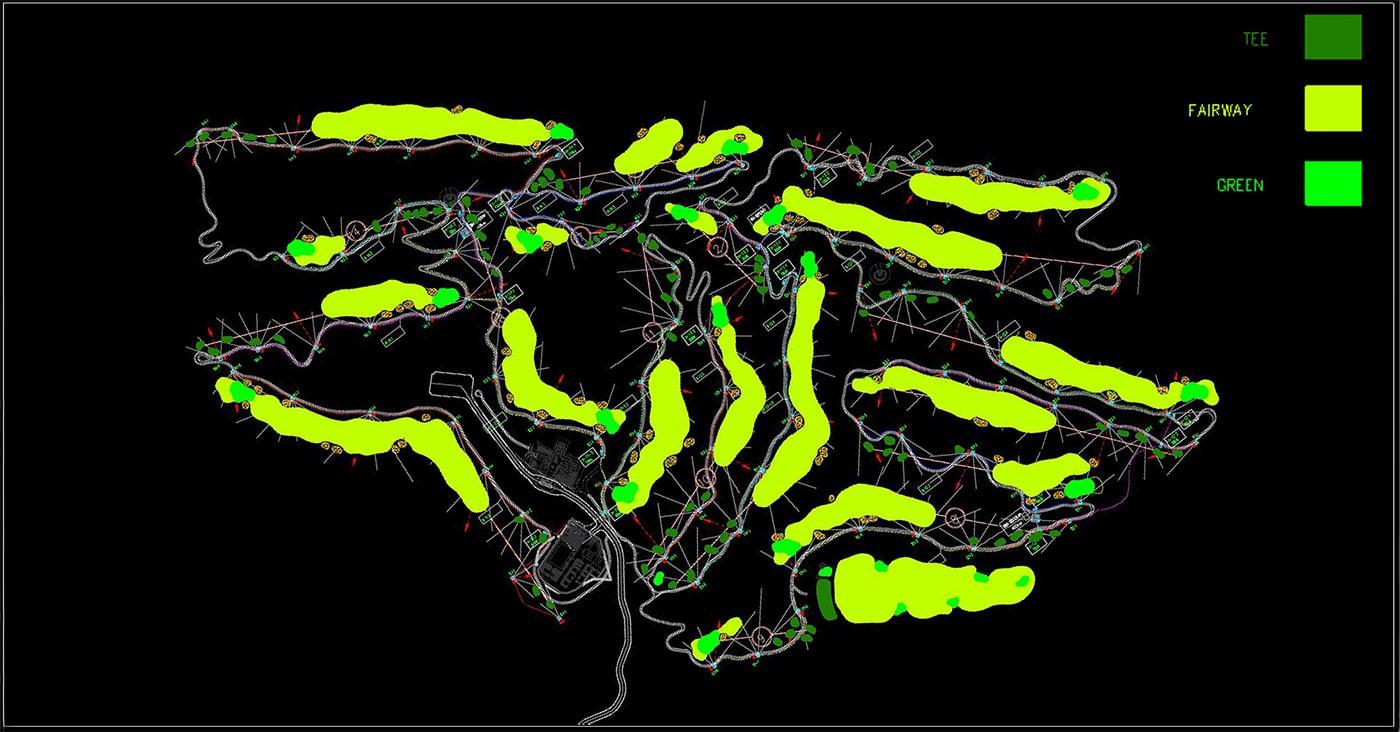
Flood light selection and lighting calculation
Finally, we need to import the above scene (site information and light pole distribution) into the lighting simulation software. Through corresponding study and combined with lighting standards, we need to confirm the wattage, lens and quantity of flood lamps, etc. In order to achieve better lighting effects, we need to adjust the projection point of the lamps to meet basic lighting needs. Through the simulation calculation of Dialux software, we can get the simulated stadium lighting effect. If the visual effects (uniformity and illumination) of the stadium are not good, we need to make adjustments in real time to meet the relevant standards.
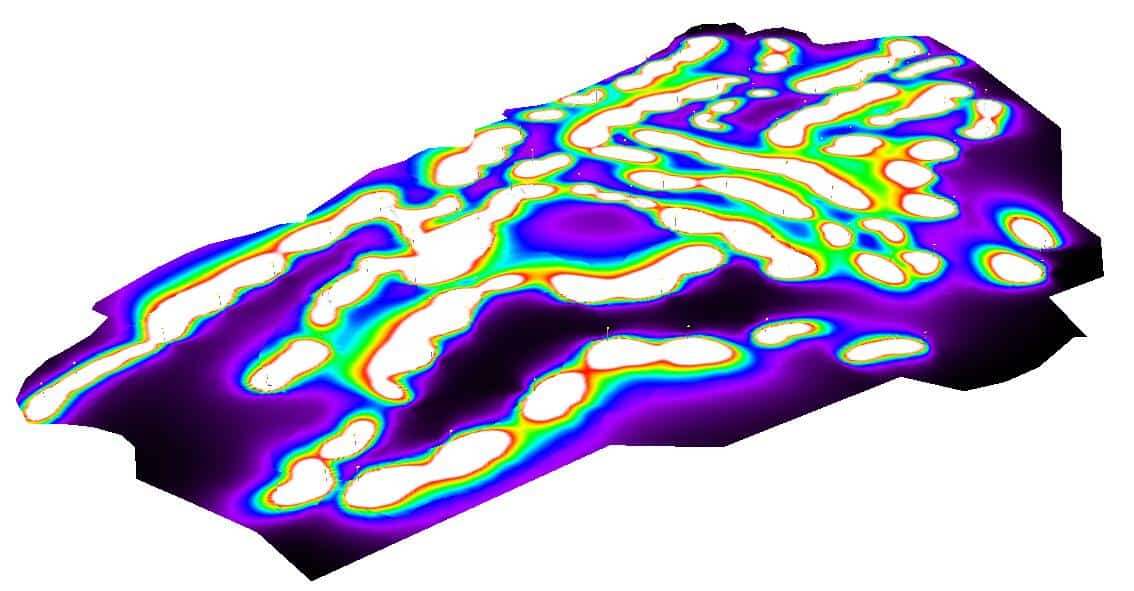
ZGSM golf course lighting solution
As a professional outdoor lighting manufacturer, ZGSM provides high-quality floodlights and stadium lights for customers to choose from. At the same time, we have a professional design team, and as mentioned above for lighting simulation, we are able to provide customized designs according to customers’ project needs. Therefore, whether it is project design, lighting simulation, or lighting fixture selection and installation, we are able to provide professional services. In addition, in addition to floodlights and stadium lights, we also offer a range of outdoor lighting products such as street lights, petrol station lights, industrial lights, etc. The picture below shows our product range.
Summary
This article aims to introduce the relevant knowledge of golf course lighting, including why golf course lighting is needed, the importance of golf course lighting design, golf course lighting standards, as well as the basic steps of lighting simulation implementation and ZGSM solutions. At the same time, we focused on the specific steps of golf course lighting simulation, including the selection of lighting standards, analysis of golf course layout, height and distribution of light poles, and selection of LED lamps. Through these we have a certain understanding of golf course lighting, which helps communication between suppliers and customers for faster and better lighting simulation, lamp selection and project implementation. Contact ZGSM for more information.
Rated Products
Related Blogs
Related Cases
People also ask
Author introduction

Hello Customers,
My name is Taylor Gong, I’m the product manager of ZGSM Tech. I have been in the LED lights industry for more than 13 years. Good at lighting design, street light system configuration, and bidding technology support. Feel free to contact us. I’m happy to provide you with the best service and products.
Email: [email protected] | WhatsApp: +8615068758483

